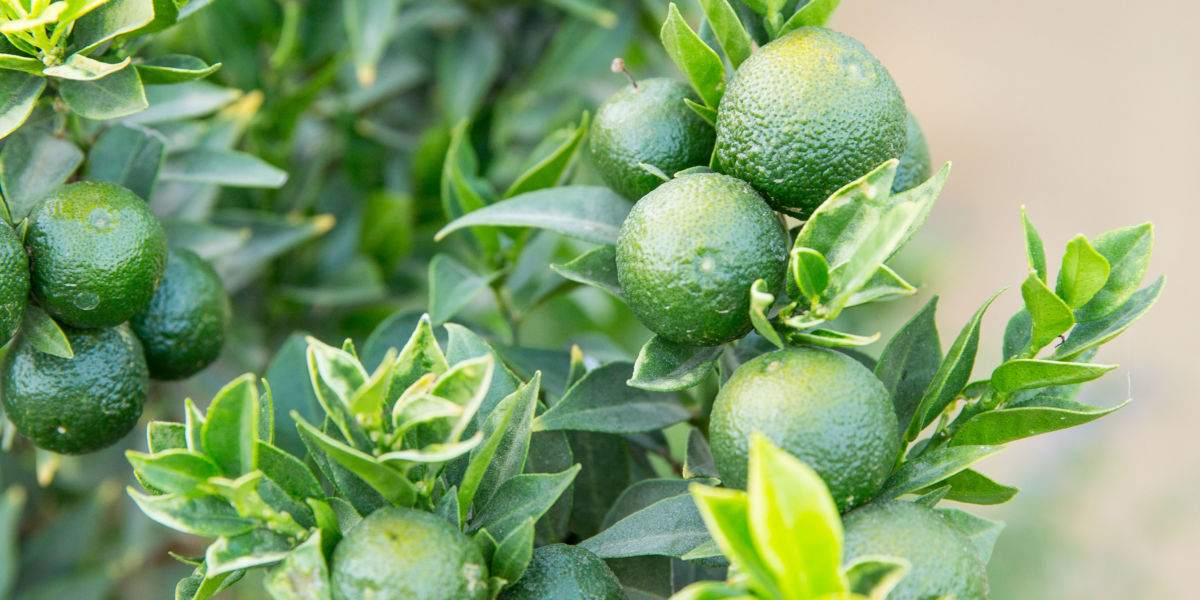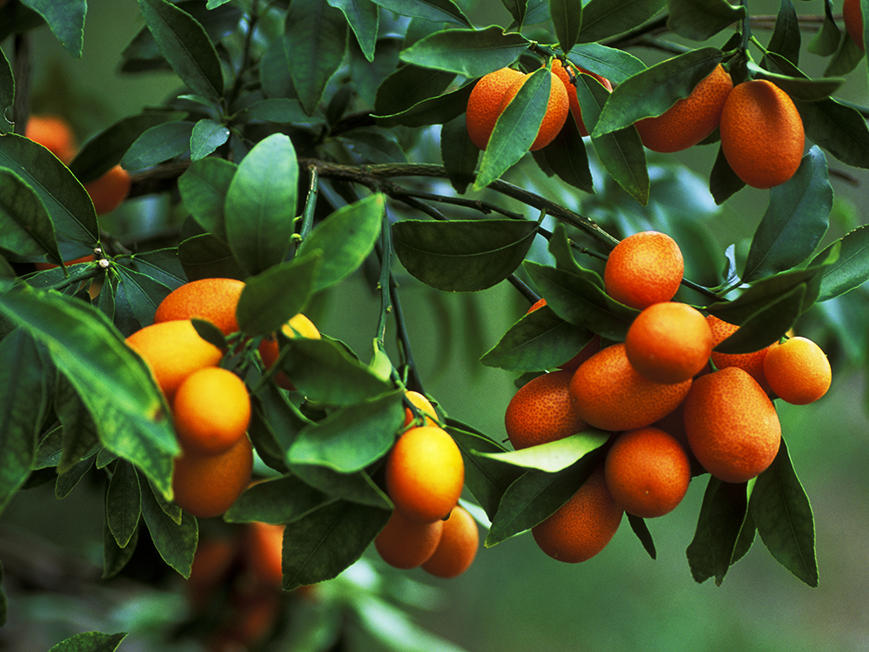
Our Guide to Growing Citrus in the Garden
’Tis the season to taste-test and choose the best variety for your yard.

Although in wintertime many plants are dormant and the days are drizzly, there’s one Test Garden chore that always cheers us up this time of year: harvesting citrus. With the season fast approaching—around mid-February in mild-winter regions—we’re sharing the tips and tricks we’ve learned from years of growing citrus (and dozens upon dozens of citrus recipes).
While there’s a variety for every climate or garden size (and even some you can grow indoors), we’re highlighting the more exotic types of citrus that have won us over. From finger limes to variegated kumquats, these fruits are both delicious to snack on and perfect in another winter antidote: cocktails.
Citrus Envy
Impress your friends and thrill your taste buds by growing these citrus varieties, recommended by Test Garden designer Stefani Bittner.- Australian Finger Lime: Known as the caviar or Pop Rocks of citrus, these finger-shaped fruits are filled with juicy capsules that erupt with flavor. Trees are thorny, so plant away from pathways.
- ‘Chinotto’ Sour Orange: Compact, with glossy myrtle-like leaves, this ornamental tree is elegant in any garden. Sour fruit will make you pucker, but its aromatic rinds are what’s missing from your cocktails.
- Variegated Kumquat: Striped, snack-size fruit ripens orange, but can be eaten skin and all for a juicy sour kick. Cream-tinged leaves are a winner in the landscape.



